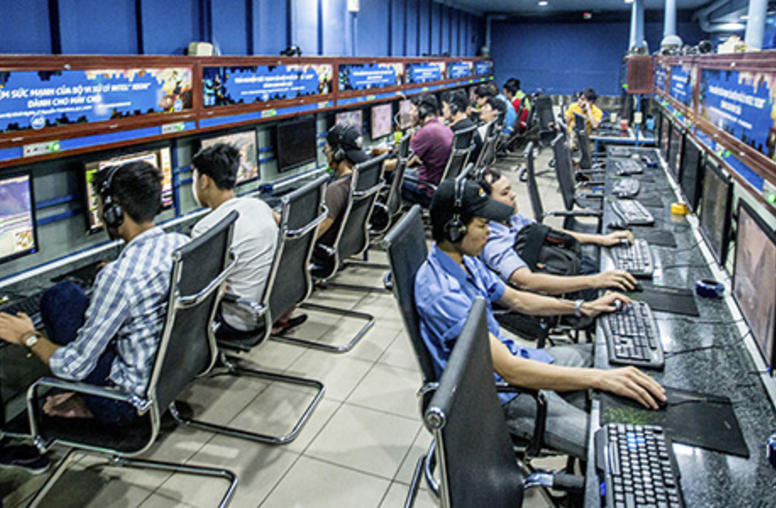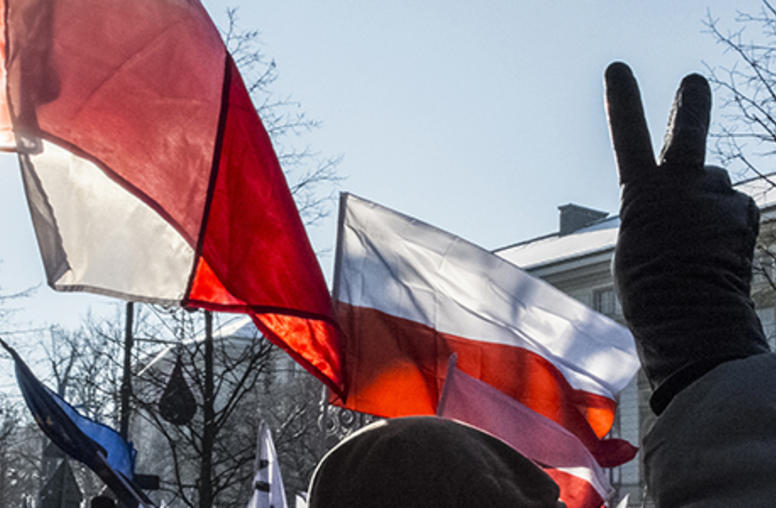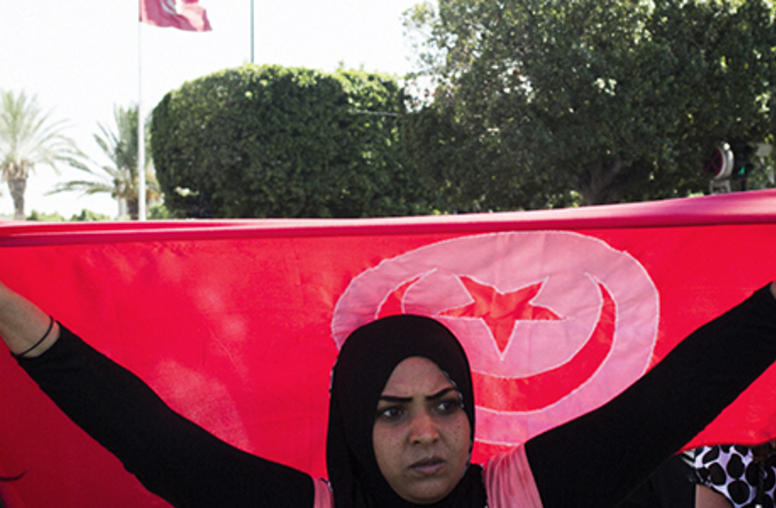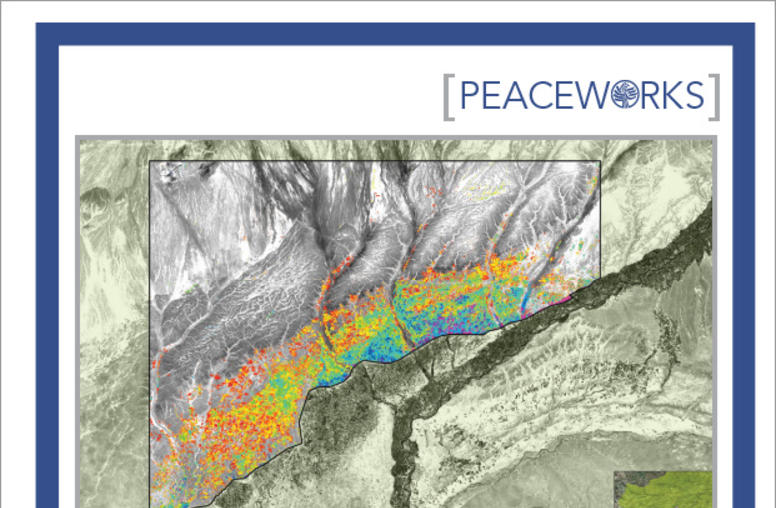Media As Global Diplomat
Through a series of summits to highlight the expanding power of today’s media to transform public diplomacy and promote peaceful international relations, the Center has brought together a variety of public diplomacy thinkers and media stakeholders. These events have been hosted by influential public figures such as Ted Koppel and Queen Noor.
How can America adapt its public diplomacy strategy to the digital age in order to prevent conflict? USIP has brought many of the top thinkers in U.S. public diplomacy and strategic communications together with independent film and media producers in an unprecedented dialogue on this important question. Through inclusive events incorporating multiple stakeholders, disparate perspectives, and audience participation, USIP identifies innovative paths forward in the increasingly important effort to improve mutual understanding between the United States and other countries through communication and media.
Topics discussed during the summit series have included:
- How can the United States catalyze public-private partnerships that invite foreign perspectives through interactive and social networking media?
- Is there a role for media companies, NGOs, and third-party news outlets to be tools of public diplomacy by reaching certain communities that U.S. government media cannot?
- How can advancements in brain imaging and psychophysiology methodologies shape the best ways to deliver positive public diplomacy messages?
- Under what circumstances do “positive” and “negative” messages have greater or less impact on conflict?
- What are the differences in roles for traditional journalism versus social networking journalism in international problem-solving and global conflict prevention?
- How can citizen-to-citizen exchanges and citizen journalism enhance both U.S. understanding of foreign cultures and overseas understanding of America?
- What will be the result of information “balkanization” that has come with thousands of news sources and the disappearance of “mainstream media”?
- How might the international community counteract extremists who use the media for recruitment and to promote violence?
- With digital media consumption skyrocketing among youth globally, what can be done to develop the next generation of peacebuilders?
Media clips:
Public Diplomacy 2.0: Rethinking Official Media
Independent Documentary and Participatory Media
Her Majesty Queen Noor of Jordan



